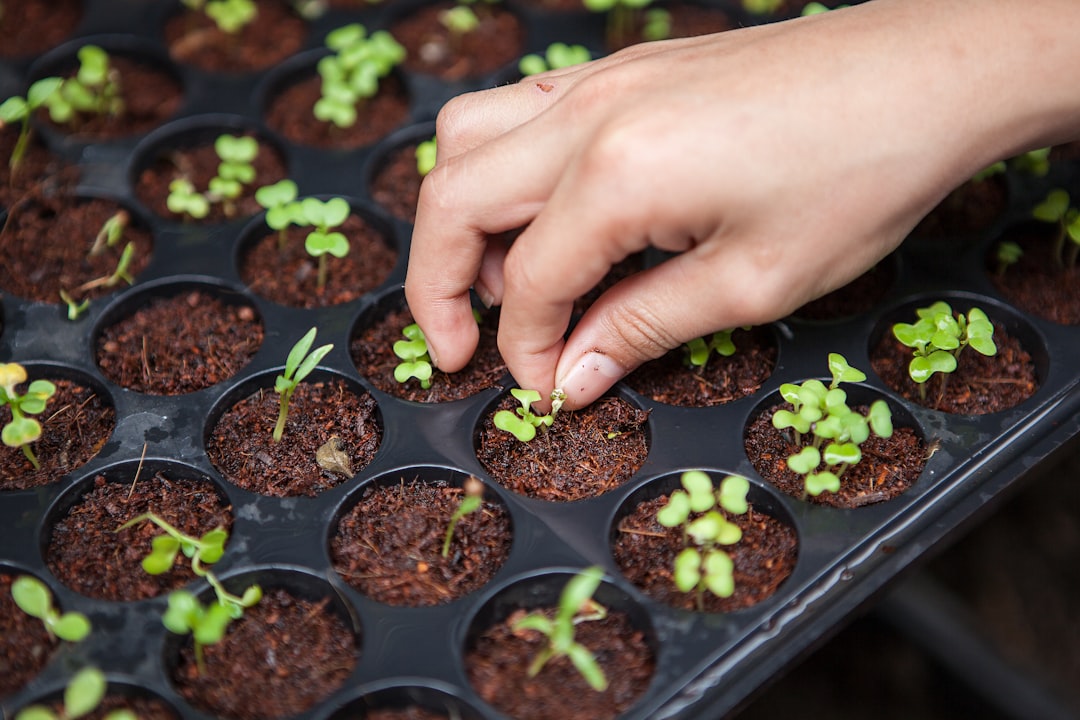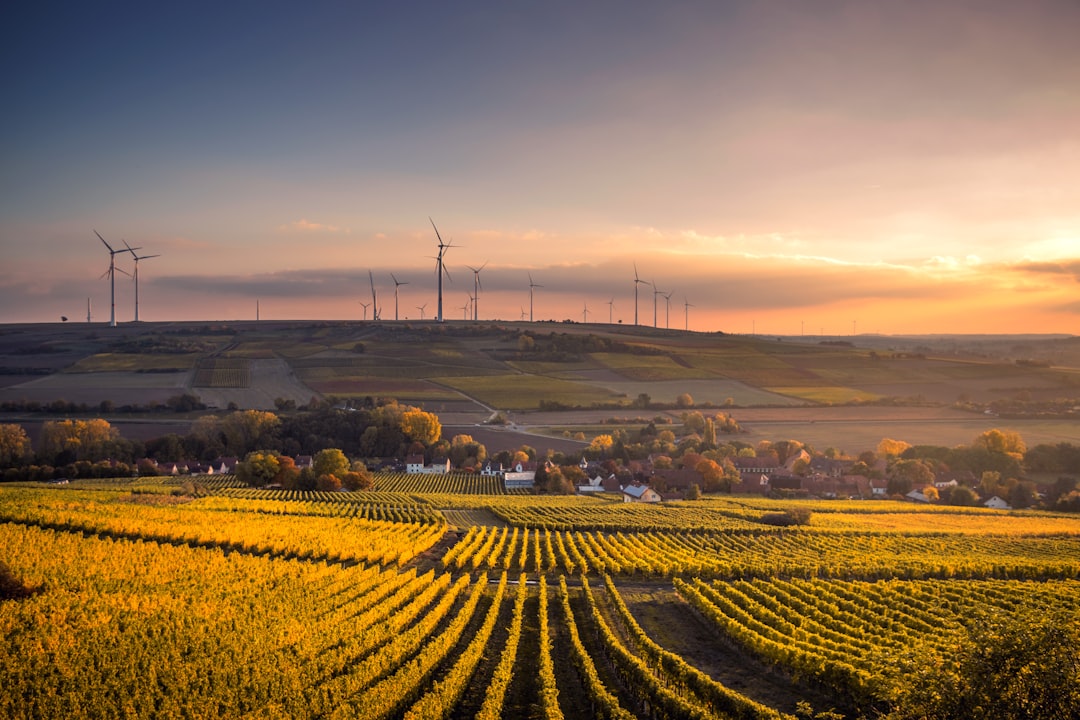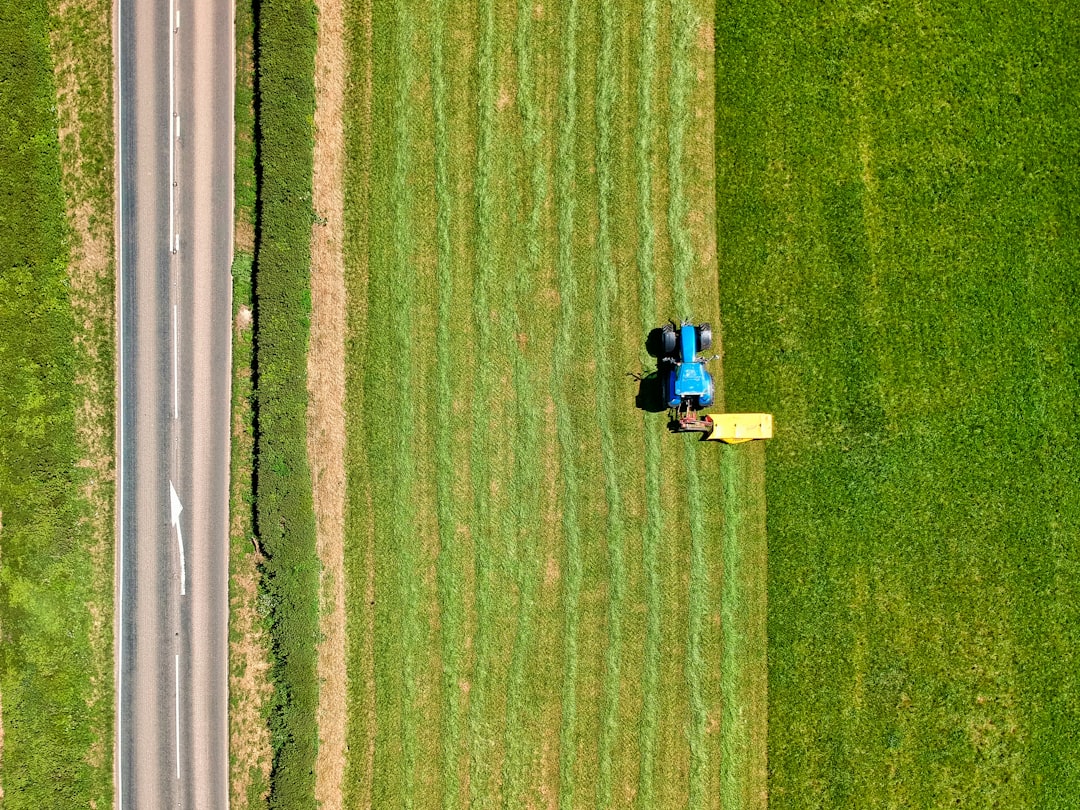Agriculture has been a fundamental part of human civilization since the dawn of time. With the world population set to reach 9.7 billion by 2050, the demand for food has never been higher. At the same time, farmers are facing unprecedented challenges such as climate change, dwindling resources, and a shortage of labor. In this context, the use of artificial intelligence (AI) in agriculture is evolving as a game-changer.
AI technologies such as machine learning, computer vision, and robotics are already transforming the way we produce food. They help us make better decisions, increase efficiency, and reduce waste. They also provide farmers with real-time insights that enable them to respond to the changing needs of crops and the environment in which they grow. In short, AI and agriculture are a match made in heaven.
In this blog post, we will explore how AI is revolutionizing agriculture across seven categories. We’ll cover how AI is improving crop yield and quality through precision farming. We’ll look at how predictive analytics is helping farmers make better decisions. We’ll see how autonomous farming is changing the way we farm. We’ll explain how AI is helping farmers detect and prevent disease and pests through crop monitoring. We’ll also discuss how AI is making it easier to manage large amounts of data through smart data management. Finally, we’ll explore the future of agriculture with AI and what we can expect in the years to come.
So, whether you’re a farmer, food lover, or simply curious about the future of agriculture, keep reading to learn how AI is driving a revolution in the world of farming.
Precision farming: how AI is improving crop yield and quality
Precision farming refers to the use of technology such as sensors, data analytics, and machine learning to accurately measure and manage crops. Artificial intelligence (AI) is a key component of precision farming that is changing the game for farmers around the world.
One of the primary ways that AI is improving crop yield and quality is through predicting when and where problems are most likely to occur. AI algorithms can analyze large amounts of data such as weather patterns, soil conditions, and crop health to identify potential issues before they become major problems. This means that farmers can take proactive measures to prevent crop loss due to pests, diseases, or other environmental factors.
Additionally, AI technology can help farmers optimize crop growth by adjusting the amount and timing of water and fertilizer application. This is done by analyzing real-time data, such as weather patterns and soil moisture levels to determine the optimal amount of water and fertilizer required at any given moment. This ensures that crops receive the exact amount of nutrients they need, reducing waste and increasing yield.
Moreover, AI-based robots are increasingly becoming a common sight in precision farming. These robots can perform various tasks such as planting, watering, and harvesting crops. They use advanced machine vision algorithms to track the location of the crops and the weed and selectively spray herbicides only on the weeds. This not only reduces the amount of herbicides required but also ensures that the crops are not damaged.
In conclusion, precision farming enabled by AI is transforming agriculture by allowing farmers to produce more yield with less waste and less impact on the environment. By harnessing the power of AI, farmers are able to make smarter decisions and improve crop quality, ultimately contributing to a more sustainable and efficient food system.
By harnessing the power of AI, farmers are able to make smarter decisions and improve crop quality, ultimately contributing to a more sustainable and efficient food system.
Predictive Analytics: How AI Is Helping Farmers Make Better Decisions
In today’s era of modern agriculture, AI has become an indispensable tool that farmers can use to improve their decision-making processes. Predictive analytics, in particular, stands out as one of the most prominent ways in which AI is helping farmers make better and more informed decisions.
Predictive analytics involves the use of advanced algorithms and statistical models to process large amounts of data collected from a range of sources, including weather patterns, soil data, crop yield data, and market trends. By analyzing this data, farmers can gain a better understanding of their operations, and make predictions on what crops to plant, when to plant, and how much to plant.
One of the main benefits of predictive analytics is that it enables farmers to make informed decisions based on real-time data. With access to such information, farmers can adjust their operations quickly and effectively, thereby minimizing the impact of unpredictable conditions such as weather patterns and market changes.
AI-powered predictive analytics also helps farmers to identify potential problems before they arise. By analyzing data collected from different sources, farmers can predict the likelihood of diseases and pests affecting their crops, enabling them to take pre-emptive measures to prevent losses.
Furthermore, predictive analytics allows farmers to optimize their resources, such as water and fertilizer use, by providing insights into how much of each resource is needed at different stages of crop growth.
In conclusion, predictive analytics is an essential component of modern agriculture, with AI playing a crucial role in enabling farmers to make better and more informed decisions. By leveraging the power of data and advanced algorithms, AI is helping to revolutionize the way farmers approach farming, increasing crop yield, improving crop quality, and protecting against crop losses.
By analyzing this data, farmers can gain a better understanding of their operations, and make predictions on what crops to plant, when to plant, and how much to plant.
Autonomous Farming: How AI is Changing the Way We Farm
Autonomous farming is transforming the agricultural industry by decreasing the need for human intervention in daily farm operations. With the help of AI-based technologies, farmers are now able to remotely monitor their crops and livestock, reduce water waste, and optimize fertilizer usage.
One of the significant advantages of autonomous farming is that it allows farmers to free up a significant amount of their time, which can be used for other critical farm management tasks. These farming systems use sensors and cameras to collect data about the crops and animals, analyze it, and make necessary adjustments in real-time.
Moreover, autonomous farming techniques have also led to a reduction in labor costs as fewer workers are needed on the farm. Since machines can be programmed to perform several tasks, such as planting seeds, irrigating fields, and harvesting crops, it is no longer necessary to hire several laborers to perform these tasks manually.
The use of autonomous tractors and drones is also becoming increasingly popular in agriculture. Autonomous tractors use GPS technology to navigate fields, and their precise movements reduce the likelihood of overlapping, resulting in the efficient use of seeds and fertilizers. Similarly, drones can help farmers monitor their crops from the sky, collecting data on irrigation levels, disease, and pest infestations. This allows farmers to be more responsive to crop needs and helps them make more educated decisions.
In summary, autonomous farming systems offer several advantages for modern-day farmers, including enhanced productivity, reduced labor costs, and increased efficiency. As AI technology continues to develop, we can expect even more innovative farming techniques that will further revolutionize the agriculture industry.
Since machines can be programmed to perform several tasks, such as planting seeds, irrigating fields, and harvesting crops, it is no longer necessary to hire several laborers to perform these tasks manually.
Crop Monitoring: How AI is Helping Farmers Detect and Prevent Disease and Pests
In today’s agricultural practices, crop diseases and pests are a significant threat to crop yield and profitability. Traditionally, farmers have relied on manual crop observation and analysis to detect and manage crop diseases. However, manual observation can be time-consuming, inefficient, and error-prone. That’s where AI comes in.
With AI tools, farmers can monitor their crops in real-time and detect any problems that may arise. AI-powered systems can analyze crop images and data collected by sensors and drones to identify problems such as nutrient deficiencies, weather-related issues, pests, and diseases. This can help farmers take proactive measures to prevent further crop damage and increase crop yields.
One of the main advantages of AI in crop monitoring is its ability to provide precise and accurate diagnosis of problems. The AI-powered systems can analyze vast amounts of data from various sources and give farmers an early warning of any potential issues. This early warning can help farmers take quick and accurate actions to reduce the impact of diseases and pests, effectively reducing their losses.
Furthermore, AI-powered crop monitoring systems can make use of machine learning algorithms to continually improve their accuracy over time. For instance, farmers can use the data collected by AI tools to train machine learning models, enabling them to identify new and emerging pest and disease threats.
In conclusion, AI-powered crop monitoring and disease detection technologies are revolutionizing the way farmers detect and prevent problems. They provide real-time analysis, greater accuracy, and better results than traditional manual methods. As AI tools continue to advance, we can expect to see more sophisticated systems that are even more powerful and effective in the future.
The AI-powered systems can analyze vast amounts of data from various sources and give farmers an early warning of any potential issues.
Data Management: How AI is making it easier to manage large amounts of data
Artificial Intelligence (AI) is transforming the world of agriculture, playing a crucial role in the management of data. With the use of AI-powered tools such as machine learning algorithms and deep neural networks, farmers can efficiently collect, analyze and utilize vast amounts of data, making informed decisions that improve agricultural efficiency and productivity.
One of the biggest challenges that farmers face today is the management of large data sets generated by precision agriculture and predictive analytics tools. Fortunately, AI has come to the rescue, offering farmers a perfect solution to handle large data volumes. AI solutions process and organize data with ease, enabling farmers to optimize their operations and streamline the decision-making process.
By leveraging AI-powered data management systems, farmers can make use of real-time data analysis to monitor crop growth, soil moisture levels, weather patterns, and many other variables that are essential for successful crop production. Furthermore, AI-powered data management tools are equipped with machine learning algorithms that help farmers identify problems and detect patterns that might not be otherwise noticeable, further helping them to improve crop yields, reduce waste, and improve efficiency overall.
AI-enabled analytics help farmers predict harmful weather patterns, pests, and diseases, enabling them to respond proactively, preventing crop loss and increasing yields. Advanced data analysis, coupled with machine learning and predictive analytics, allow farmers to make data-driven, informed decisions that ensure optimal crop production in the long run.
To sum it up, AI has allowed farmers to manage large data volumes, identify patterns that may not be apparent, make informed decisions, and ultimately, achieve optimal production. The integration of AI has been, and will continue to be, a significant breakthrough for agriculture, transforming the industry entirely. In the coming years, we can expect AI to continue evolving alongside advancements in agriculture, further leading to increased efficiency, high yields, and cost savings.
Fortunately, AI has come to the rescue, offering farmers a perfect solution to handle large data volumes.
Conclusion: the future of agriculture with AI
As we have seen throughout this post, AI is dramatically transforming the way agriculture operates. From precision farming to crop monitoring, farmers are gaining insights and efficiencies that would have been unimaginable just a few years ago.
But what does the future hold for AI in agriculture? The possibilities are limitless. Already, researchers are exploring using AI to predict weather patterns and natural disasters, helping farmers prepare and mitigate risk. Others are studying how machine learning can be used to develop new crop varieties that are more resistant to diseases and pests, as well as optimizing irrigation and water management.
Furthermore, as the global population continues to grow, food production will need to be significantly increased. AI is poised to help farmers meet this challenge by optimizing land use, improving crop yields, and reducing waste.
However, it is essential to recognize that AI is not a silver bullet, and there are still challenges to overcome. For instance, many small-scale farmers in developing countries do not have access to the technology, infrastructure, or resources needed to leverage AI fully. Hence, as we move ahead with AI, policymakers and stakeholders must ensure that the technology’s benefits are inclusive and equitable.
In conclusion, AI has opened a new frontier in agriculture, and its impact will only continue to grow. By improving efficiency, productivity, and sustainability, AI will help farmers meet the challenges of tomorrow while ensuring that we have access to the food we need.





